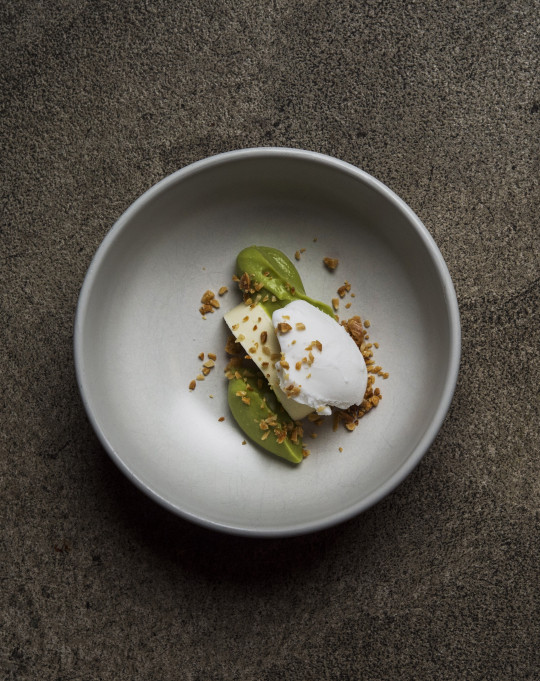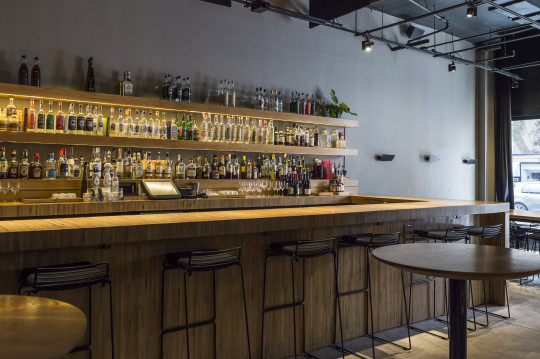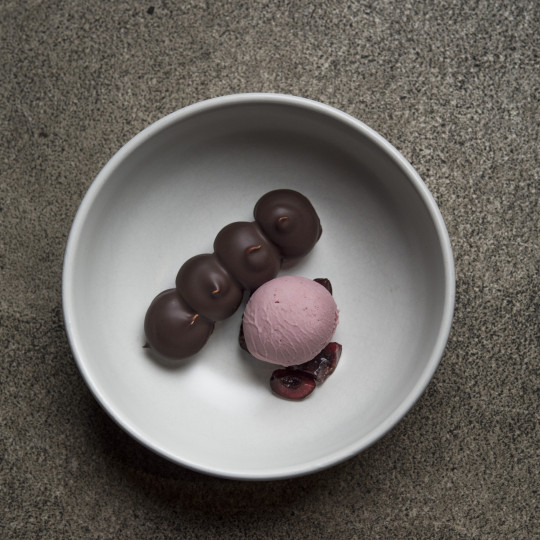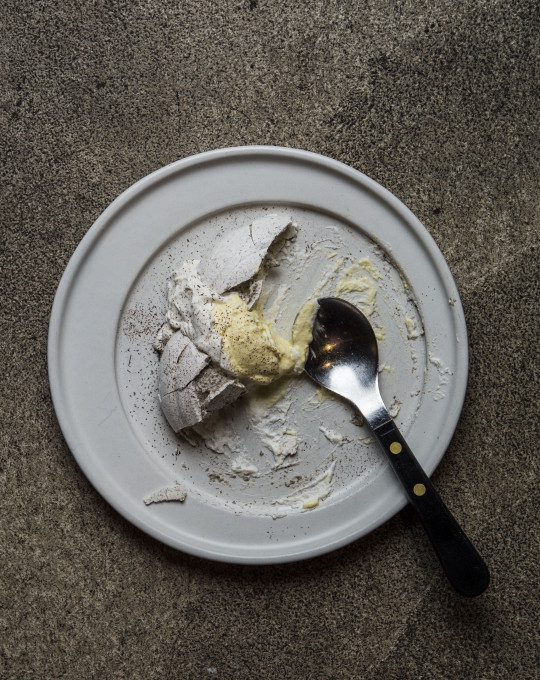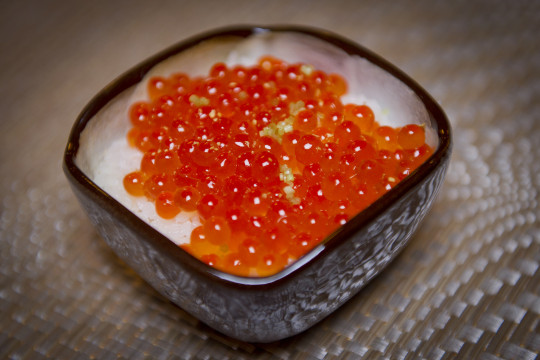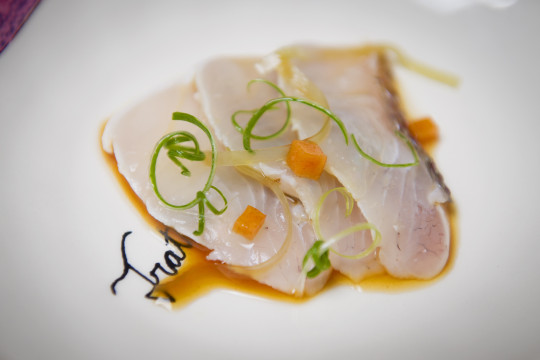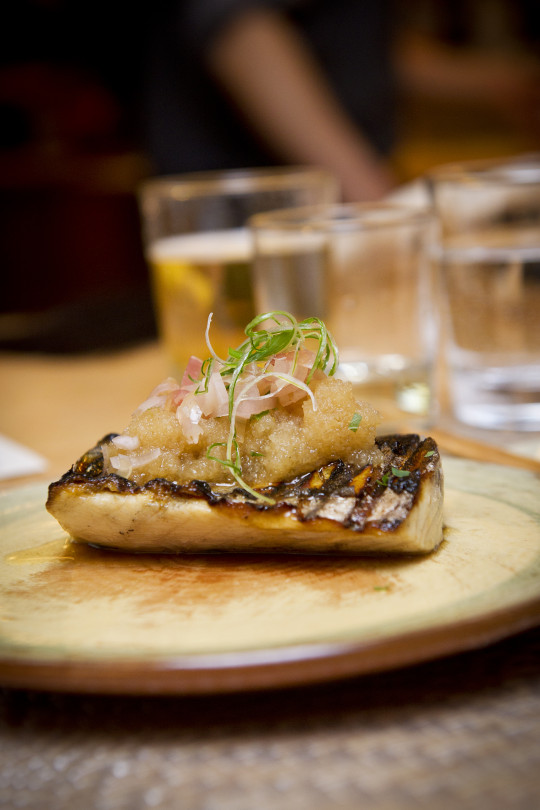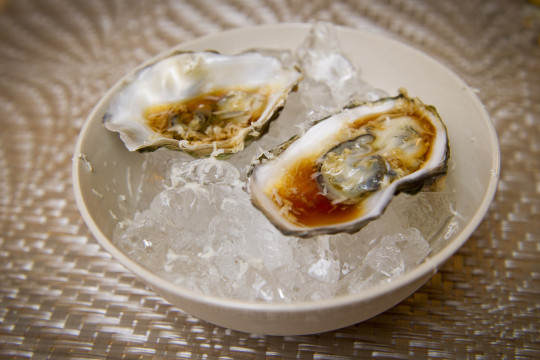Evan Sung is an accomplished food, lifestyle and travel photographer. He is also a great friend of ours and when we realized that many of the photographs used on this blog were his work, we thought it was high time he had a feature of his own. You can see more of his work at www.evansung.com
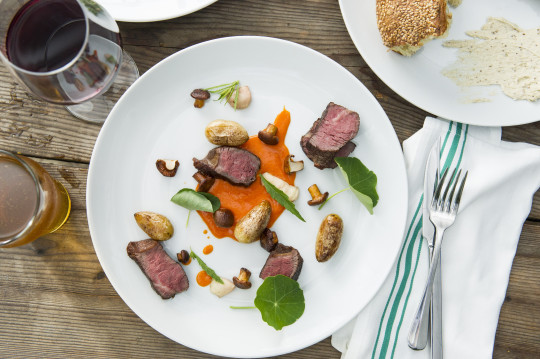
Can you tell us a little about where you grew up?
I grew up here in New York City, I was born on the Upper West Side and grew up on the Upper East and Upper West Sides as a kid. But I have lived in Park Slope, Brooklyn for the last 10 years.
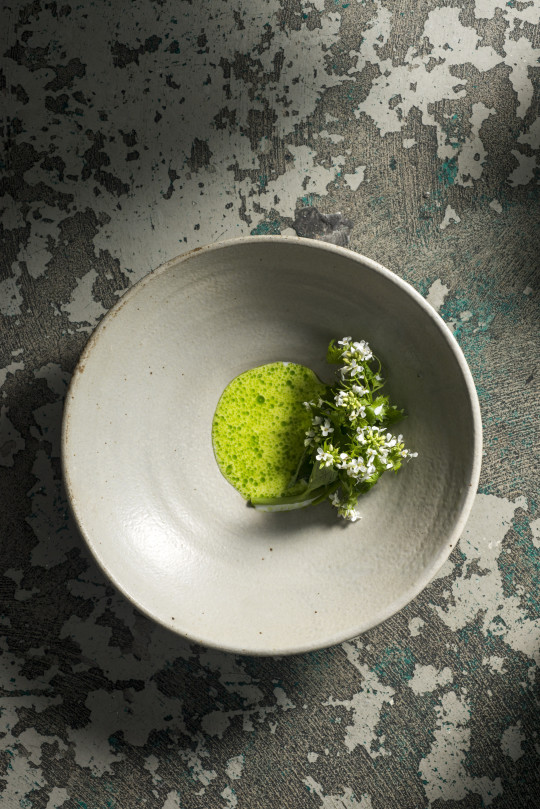
How did you get interested in food and photography?
I think I’ve always enjoyed food, but food as a professional pursuit didn’t really happen until after college. I picked up photography late, right at the end of college, just as a hobby that a friend introduced me to. When I got into it more seriously, I studio-managed and assisted at a stock photo agency (Comstock) for a few years. In 2003, I moved to Paris and found work with a photographer, Giacomo Bretzel. He did a lot of travel, food, and lifestyle stuff – we’d go to shoot stories in Italy, Germany, Spain, Monte Carlo, all over – stories about Iberico ham or Italian Olive oil production. That’s where I really started to appreciate food and culture and travel in a way that related to the work of photography. We always got to eat well and travel and meet people exploring the culture of food production and I loved it.
When I came back to NY in late 2004 and started shooting restaurant reviews, first at The New York Sun newspaper, and very soon after, for The New York Times, and I just started to learn a lot more about the food scene, and the food scene was really changing dramatically around that time. I don’t think I had a huge food culture background, although growing up Asian American, you’re eating tripe and snails and all this stuff growing up.
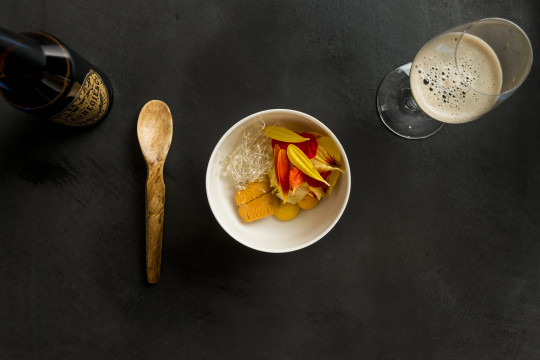
How did you first get started?
So I didn’t really touch a camera at all until the end of college, when I met an artist. His name is Shelton Walsmith, who is a painter and draftsman, photographer. Really multidisciplinary. And we became good friends working at Shakespeare and Company. He and his girlfriend and I all became very close. He was the first person to put a camera in my hands. It was an old twin lens reflex camera, a Yashicamat 124G. Kind of like a Rolleiflex – you look down into the glass and the world is reflected backwards at you. It always looked very cinematic to me looking down into that piece of ground glass. I asked him how it worked and he started teaching me the fundamentals of photography. We would go out on the weekends just taking photos. They had a darkroom, I would sleep over at their place and we’d print late into the night. Sometimes, I’d be printing so late, I would just fall asleep among the chemicals! That was how I first got exposed to photography. Then there’s a whole side story about pursuing an advanced degree in comparative literature. I started down that road, but it just didn’t feel right. In 2000, I decided to leave my graduate program and immediately started working for a stock agency called Comstock, as a studio manager and photo assistant. I did that for 3 years then moved to Paris for two years. When I came back to New York I was shooting anything and everything for a while. But in 2005 started shooting for the New York Sun Newspaper and the very first thing they assigned me was a restaurant review. I’m pretty sure it was the original [Momofuku] Noodle Bar.
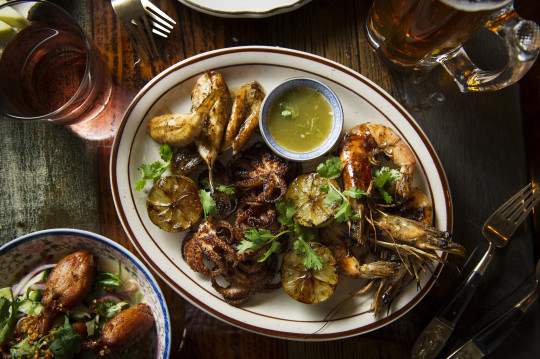
You came of age at in the food photography at a fortuitous time!
I think people have written about it already, but that 2004/2005 year was when so much changed. Both in the food scene in New York and food media in general. With Eater and the idea of food photography changed a lot because people were blogging, and there was this whole niche that opened up, whereas before, food photography was a very specific discipline with only a handful of people shooting cookbooks and stuff like that.
Do you have to approach food photography different from travel or fashion?
I haven’t done a ton of fashion since I got married, I took that season off and cook books were starting to become a bigger part of what I was doing and food was always the world I felt most comfortable in. So I’ve take a pretty long hiatus from that. Although there were parts of it that I really did love. It was meeting and photographing creative people. But the fashion world was not really my natural environment although they all love to talk about food, like most people!
People ask me what my style is and in a way I try to be very responsive to what the situation is. If i’m shooting something that is very architectural and sophisticated in its plating, then I’ll treat it more like a graphic kind of still life. But for traveling in Senegal and people are just sort of have these bubbling vats of stew then that’s something that’s very rustic and I approach it from a looser, more documentary point of view. For me it’s dictated by the environment and the situation and not necessarily trying to impose a particular style on any given situation.
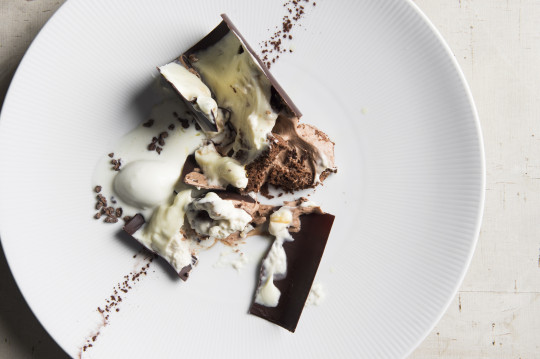
Getting back to restaurant reviews, what do you know about it before you go in to shoot?
I wish I had a more exciting answer, but they definitely do a good job of keeping the editorial and art sides separate. At the Times for example, any photographer who shoots those reviews gets a call the week before the review is scheduled to run. Usually the day of, they’ll ask if you can you shoot that night. Sometimes a night in advance, but usually it’s a pretty last minute thing. And that’s it. That’s about all the advance notice that I get. Then you never know what the review is going to say. You get a list of the dishes that the reviewer wants shot and any particular details that they think are interesting, but you definitely don’t know the end result of the review.
Now you’ve shot for the New York Times for reviewers Frank Bruni, Sam Sifton and Pete Wells. Is there a difference between shooting for one versus another?
When I started at the Times in those Bruni years, in the beginning it was always one photo. Usually of the interior space in service. This is all about how food media, and really, the internet, has changed and evolved. I remember they starting ask for more photos – and they started with these audio slideshows with Pete Wells interviewing Bruni about his reviews. That was something that kind of started while I was shooting. But that definitely evolved over time. It really started with just hanging out trying to get that one good photo. Now you can be there for a while. For a Times review I’ll hang out longer than people might expect.
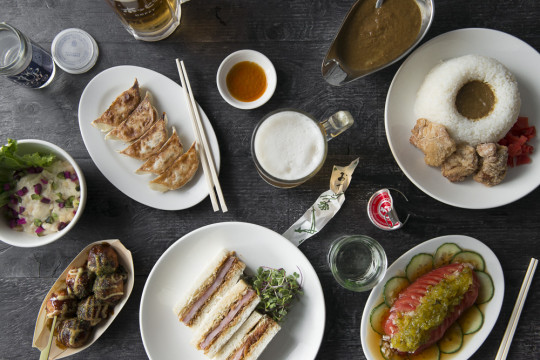
Traveling around the world with a roster of great chefs is many people’s idea of a dream job. What’s your favorite aspect of what you do?
Definitely working with creative people is fun. I always learn something from the people I work with. I’ve been lucky to work with people who have very distinct ideas about their own creativity. I like responding to that, I like collaborating with them around that, and helping to make what they have in their head look as good as possible. Every time I shoot a book or work with a chef on a project like that, my first question at the end is always, “Does that feel like you, like what you had in your head or how you envision yourself?”. For me it’s very much about trying to respond to what my collaborator has in mind and then if it does feel like them, I feel that’s successful.
Lately the projects that I have been lucky enough to travel for have been great. Traveling with Michael White in Italy was amazing. He is so immersed in that culture, having cooked there, grown up there, learned there. It is really like being with an Italian person. Mexico with [Alex] Stupak or Spain with Katie Button and Félix Meana, all these chefs are taking what they learned in their life experience and have brought it to the US and tried to express their version of it. Whatever it is that they are trying to recreate in a way and for me to be able to accompany them and see that and live that with them a little bit gives me a new perspective on them and a different perspective on the food and culture itself. Traveling with a person from that country or really steeped in that culture is so much different and more rewarding than traveling as purely a tourist. Just to be able to be with someone who knows the ins and outs of it, you just learn so much more. The travel aspect is really important to me and I try to find those projects as much as possible.
And I think I just like the world of restaurant people. The world of chefs is so hospitable. I like the little network of people that just springs up from knowing a handful of people, you get connected to other people and I’ve definitely experienced it first hand where people are really just so generous in their extending a welcome to you even if you’re just a friend of a friend. It can feel really genuine and heartfelt, so that’s nice.
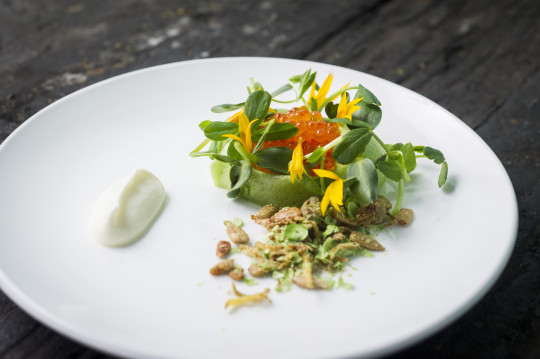
It’s so true. Is there a recurring frustration or challenge you find in your work?
There are challenges, but they feel like challenges that are so specific to a photographer, budget can be an issue sometimes and people’s expectation of where you can conduct a photoshoot. Shooting a cookbook, I think there are so many things that are important in addition to the food. The propping and the styling and using all those other elements to tell the story of whatever the chef is trying to express. I think chefs in general look a lot at cookbooks and see just the food. They are looking at how it’s presented and they don’t necessarily look at the plate, or what the plate is sitting on. Sometimes it’s a challenge to express that to a chef. It’s not just a photo of this beautiful food that I want to take, but I want to make a beautiful image that has some depth and texture to it. It’s not just your food on a white plate on a stainless steel pass. There have definitely been cases where chefs really get it. Like oh, let’s have more variety of surfaces, more interesting plates, then there are other chefs, not that they don’t want it, but they don’t think about it. Only through the doing of it, by bringing a prop stylist on board, they slowly start to realize that the food is working with that whole environment to add something more. That’s maybe one thing that I’ve seen come up with cookbooks in the conversation stage, explaining to some chefs why paying for a prop or food stylist can really be beneficial.
How often do you use a food stylist?
For chef-driven projects not so often, usually I trust the chef to present the food the way they want to. I have enough experience that I can tell them if something feels off balance or needs to be replated in someway. But generally, on chef books, the chef has their own team and distinct ideas on what it should look like. From there we collaborate in terms of tweaking things. It’s pretty rare that I’d have a real food stylist involved in that part. I do put a lot of value on the contribution of prop stylists. I think that’s pretty huge.
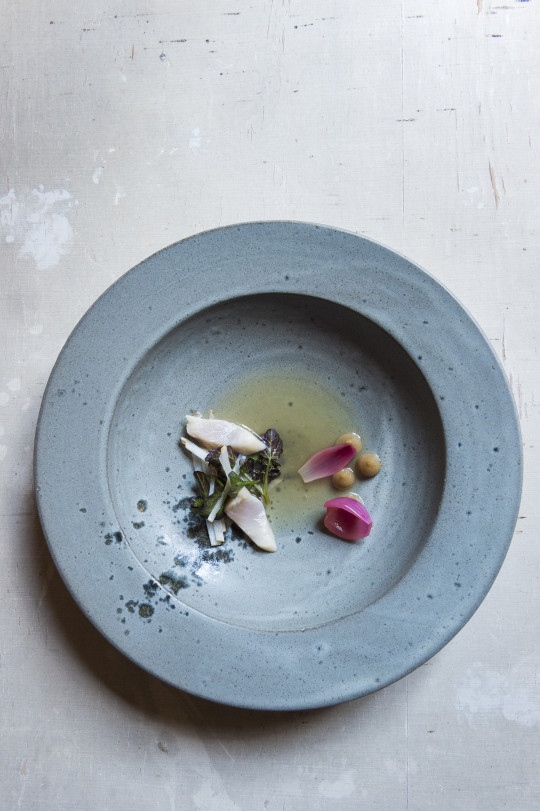
Any upcoming book releases you want to tell us about?
I’m very excited about Chef Alex Stupak (of Empellon)’s book. [Due out October 20th] That was really a good challenge because it was all tacos. Chef Stupak has a whole dialogue about what a taco means to people: What people think it’s worth and what one can do with it. When the project came up to me, I think as a photographer you worry about a taco book that it will all be crushed up limes, and a Corona, and colorful Mexican textiles – just “Mexican” in that cliched sense. But of course, that didn’t feel right for Alex – his background and his intellectual thinking about the food – so I looked to do something more unique. I wanted to think about the tortilla as a canvas and Alex and his team would treat the taco like that. I think it’s a really delicious-looking book, but it also reflects Alex’s thinking about Mexican food and treats it in a way that is respectful of the complexities that Alex is trying to tease out of it. Jordana Rothman wrote it and she’s a wonderful writer and they’re great friends, so I think they will have a unique take on it from a writerly perspective. That project was fun and we had a lot of creative freedom on it and Alex is just so smart, so I’m excited to see it come together.
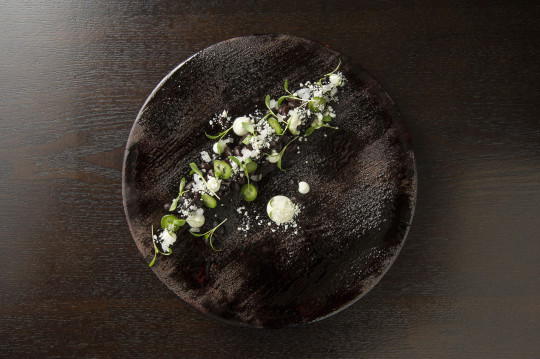
Any favorite restaurants in New York?
Im pretty open to a diversity of experiences. Chef Paul Liebrandt’s Corton was always such a great, exciting restaurant, I still regret that that’s gone. But the places that I’m a regular at and always satisfy would be Khe-Yo, or Bar Chuko, or a place in my neighborhood that I go to all the time Sushi Katsuei . Or the Breslin , just to go have a beer and a lamb burger. Robertas, Spicy Village , Upland …. I don’t know… The list never ends…


